Discover free, professional temporary employment contract templates — designed to make short-term hiring simple, legal, and stress-free.
Welcome! Here, you’ll find a variety of free downloadable project-based temporary employment contracts. Whether you’re an employer hiring temporary staff or an employee seeking clear job terms, we have you covered.
Temporary employment offers flexibility for both parties, but a legally sound agreement is essential to protect interests. Explore our collection of ready-to-use contract templates today!
We’re here to make the process of creating such contracts super easy for you, whether you’re a small business or an individual looking for short-term work. That’s why we’ve gathered a bunch of professionally made, customizable contract templates that will save you time and effort. You can download these templates, formatted in Microsoft Word, and customize them to match your specific requirements.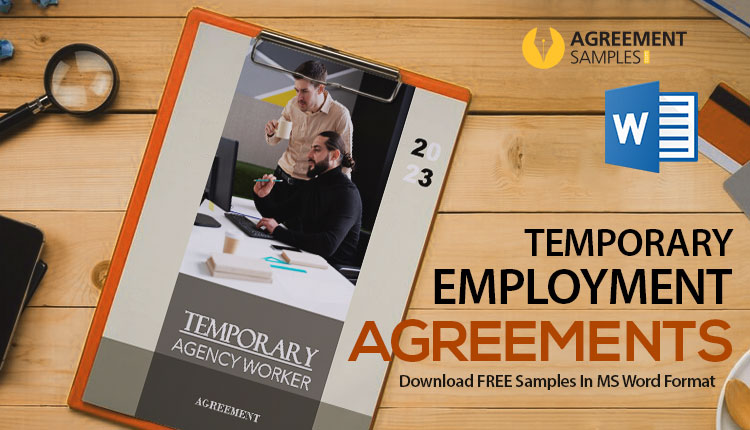
Temporary employment is a flexible option for both employers and employees. It involves hiring someone for a limited time, similar to bringing in a chef for a special event.
For Employers:
For Employees:
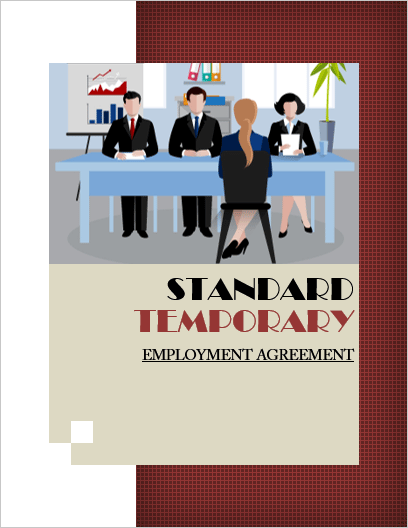

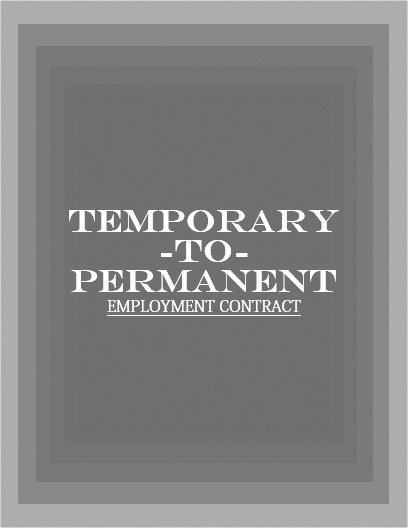



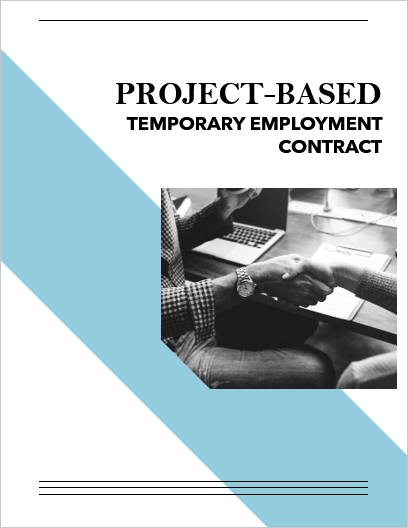

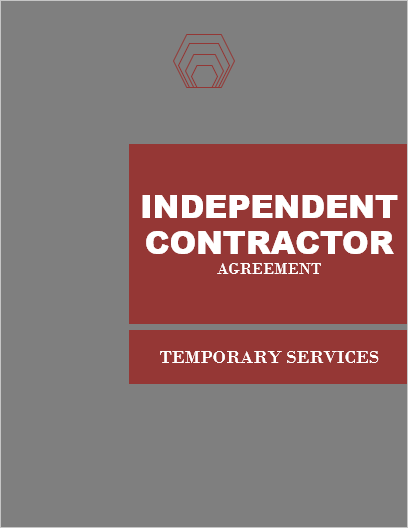



Temporary employment contract templates are ideal whenever you need to formalize a short-term working relationship without committing to a permanent hire. Employers and HR professionals typically use them in the following situations:
Using a well-structured template ensures that both employer and employee understand the scope of work, duration of employment, compensation, and legal rights. This helps reduce misunderstandings and keeps your business compliant with labor laws.




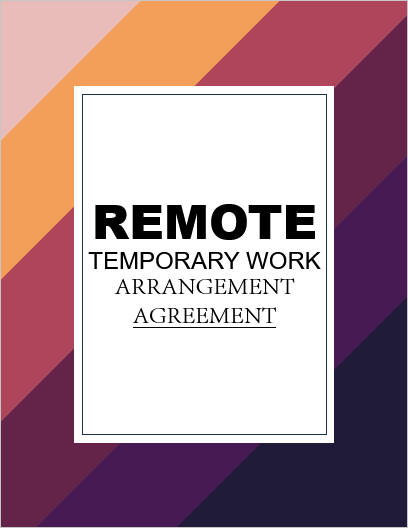



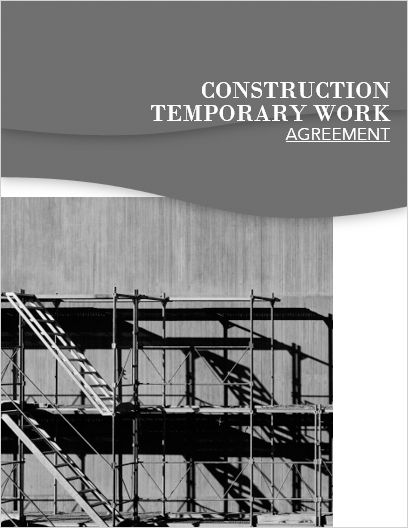




Before using a temporary employment contract, it’s important to align it with local labor laws. While templates provide a reliable framework, employers should adapt them to meet legal requirements. Key points to keep in mind include:
These templates are for guidance only. Always seek advice from an HR expert or employment lawyer to ensure compliance with your country’s laws.

A temporary employment contract is a written agreement for short-term work. It sets the role, pay, hours, start/end date (or project end), and basic rights/obligations without committing to a permanent hire.
Use them for seasonal staffing, project-based roles, leave cover (maternity/sick), internships/traineeships, and other fixed-duration needs where the end date or outcome is known.
Include job title and duties, duration (start/end or project milestone), work hours and location, pay and benefits, confidentiality/IP clauses, notice/termination terms, and signatures.
Yes—when they follow local labor laws. Templates are a starting point; adapt them to your jurisdiction and get legal/HR review if unsure.
Often yes. Some regions cap consecutive extensions or treat long-running temporary roles as permanent. If extended, issue a written addendum or new agreement.
← Previous Article
13+ Free Month-to-Month Lease Agreements for Every Need!Next Article →
14+ Free Joint Venture Templates to Boost Your Business